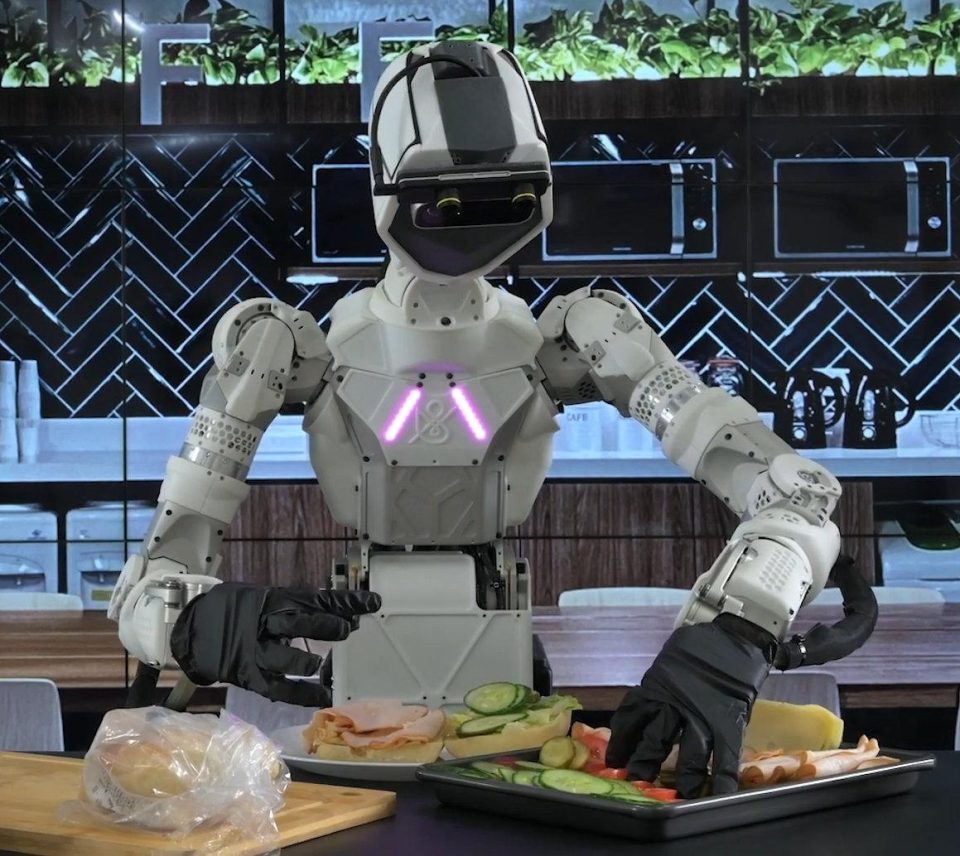The Future of Retail: Embracing Robotic Assistance for Enhanced Customer Experiences
In an era of rapid technological advancement, the retail industry is on the cusp of a transformative journey. From the rise of e-commerce to the increasing demand for contactless experiences, retailers are continually seeking ways to innovate and meet the evolving needs and expectations of consumers. One of the most promising avenues of innovation is the integration of robotic assistance, which promises to not only streamline operations but also enhance customer experiences.
The Evolution of Retail and Robotic Assistance
Retail has come a long way from the days of small brick-and-mortar stores to sprawling shopping malls and now to the digital frontier of e-commerce. Yet, the essence of retail remains the same: providing customers with the products they need and offering a seamless shopping experience. Robotic assistance, with its ability to automate tasks, provide data-driven insights, and elevate customer service, is the next step in this ongoing evolution.
Enhanced Customer Service
Imagine walking into a retail store where a friendly robot greets you and assists with your inquiries. These robots are equipped with advanced natural language processing, allowing them to understand and respond to customers in a more human-like manner. They can help shoppers find products, provide information about promotions, and even offer personalized recommendations based on past shopping behavior. This level of personalization and interaction is a game-changer for the in-store experience.
Checkout and Payment Automation
The checkout process is often a pain point for shoppers. Autonomous checkout solutions, such as those found in Amazon Go stores, allow customers to select items and simply walk out of the store, with payments automatically processed through biometric or mobile payment methods. This convenience not only saves time but also reduces friction in the shopping journey.
Inventory and Shelf Management
One of the perennial challenges for retailers is managing inventory and shelf replenishment. Robots equipped with sensors and cameras are now being used to autonomously scan store shelves, providing real-time data on stock levels. This not only helps in preventing stockouts but also optimizes product placement based on consumer behavior and demand patterns.
Robotic Delivery Services
E-commerce has shown us the importance of efficient and convenient delivery. Autonomous delivery robots and drones are poised to revolutionize last-mile delivery. Expect faster and more widespread delivery options, including same-day and even one-hour deliveries, making online shopping even more appealing.
Eco-Friendly Robots
As sustainability becomes a top priority for consumers and retailers alike, expect robots designed with sustainability in mind. These robots will use renewable energy sources, reduce waste, and minimize their environmental impact. They will not only help retailers meet their sustainability goals but also resonate with environmentally conscious customers.
AI-Powered Virtual Shopping Assistants
In the online shopping realm, AI-powered virtual assistants will play a pivotal role. Integrated into websites and apps, these assistants will provide more personalized and interactive experiences. Features like virtual try-on for clothing and augmented reality for product visualization will become standard, making online shopping feel as immersive as an in-store visit.
Security and Loss Prevention
Security robots will continue to evolve, utilizing advanced surveillance technologies and machine learning algorithms to detect suspicious behavior. These robots will enhance the safety and security of both the store and its customers.
Collaborative Robots (Cobots)
As robotics technology advances, we can expect collaborative robots, or “cobots,” to become more common in retail environments. These robots will work alongside human employees, assisting with physically demanding tasks and freeing up human workers to focus on more complex and customer-centric roles.



